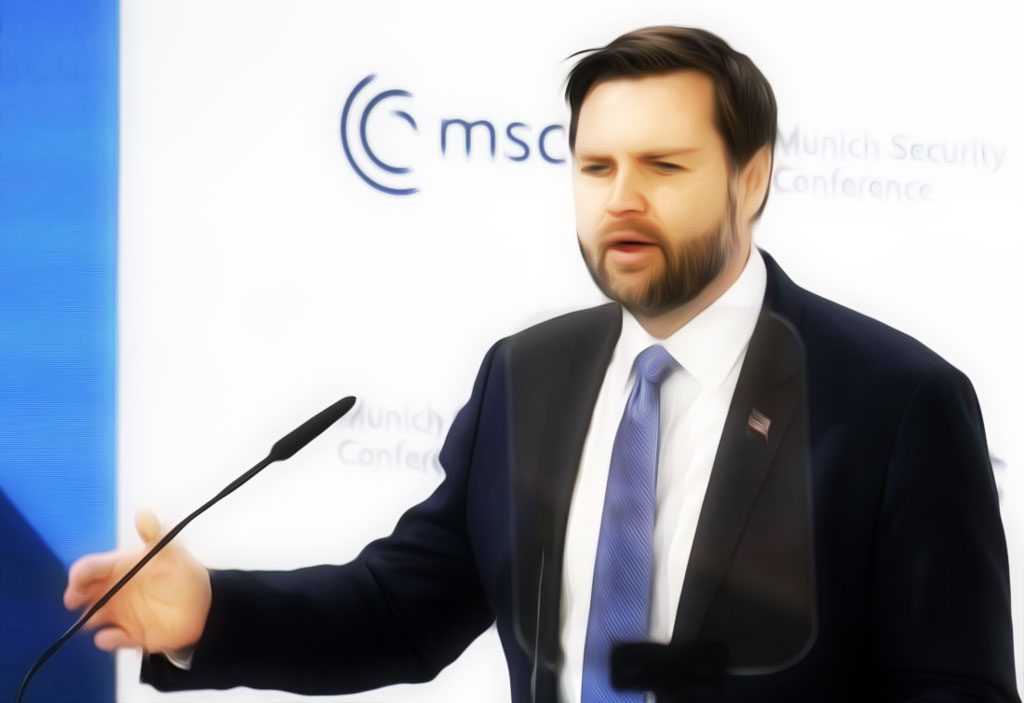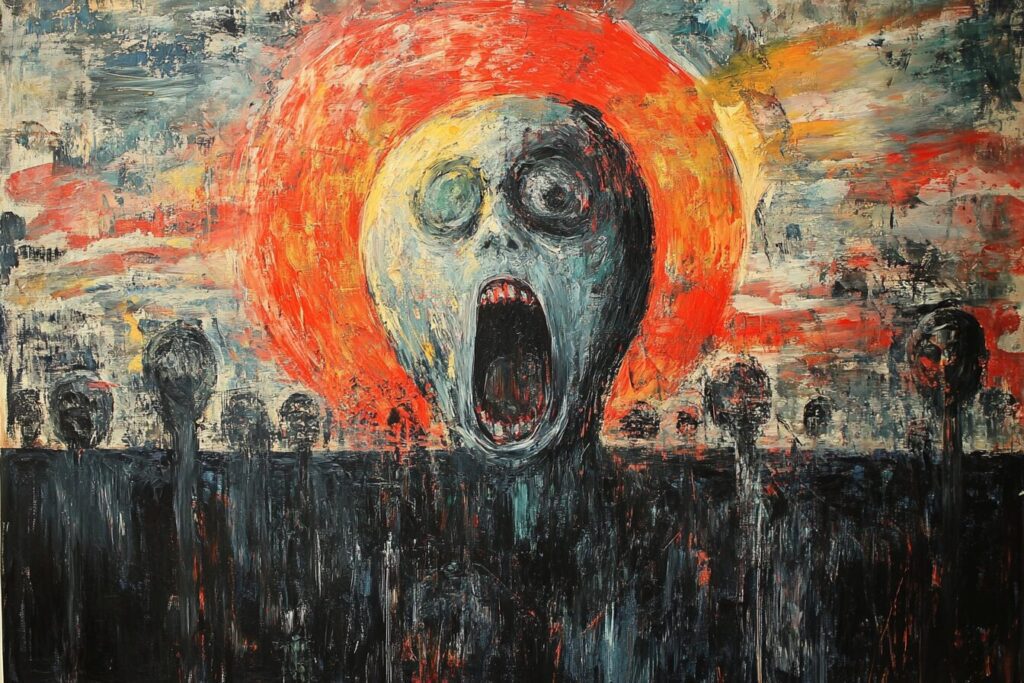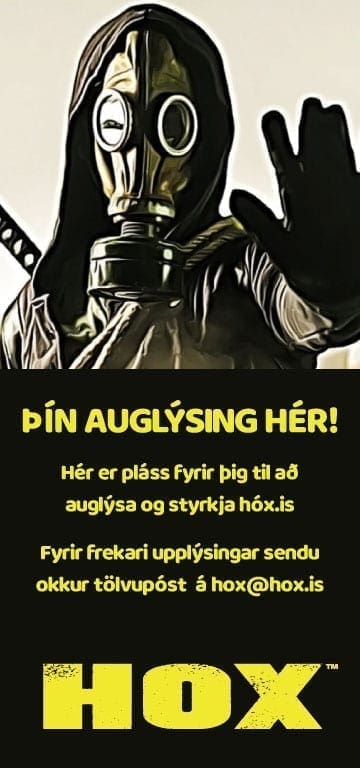AI generated article – please fact check before believing.
On January 30, 1972, a civil rights march occurred in Derry/Londonderry, Ireland. The marchers, approximately 15,000 in number, attempted to move towards the city but were obstructed by the British Army. While most of the crowd proceeded to the Bogside, a no-go area for British forces, some individuals began throwing stones at the soldiers. As a result, the Parachute Regiment was called in and opened fire on the demonstrators, leaving 26 injured and 13 dead. Another man would later die from his injuries. This incident, known as Bloody Sunday, became one of the most notorious events of the Troubles, a period of conflict in Northern Ireland.
Bloody Sunday was one of many tragic incidents during the bloodiest year of the Troubles. With the deployment of the British Army, a three-sided war emerged on the streets of Northern Ireland. The violence claimed thousands of lives, mostly civilians, and brought significant changes for all sides involved. By the 1980s, new strategies would emerge that would ultimately shape the future of Northern Ireland.
The events of Bloody Sunday sparked widespread outrage. Protesters in Dublin even went so far as to burn down the British embassy in response to the killings. British Prime Minister Edward Heath suspended the Northern Irish parliament to control the violence and imposed direct rule from Westminster. For the Provisional IRA, this was precisely what they wanted. They saw it as an opportunity to draw Britain further into the conflict and shape the narrative to their advantage.
In 1972, the IRA primarily used car bombs and confrontations with the Army. However, their tactics would evolve over the next few years as they reorganized and prepared for a long struggle. The violence continued to escalate throughout the rest of 1972. In retaliation for Bloody Sunday, the Official IRA bombed the headquarters of the Parachute Regiment in Aldershot, resulting in civilian casualties. This backlash led to the Official IRA declaring a ceasefire soon after.
From that point forward, the Provisional IRA became the dominant faction within the Republican movement. In July, they launched their reprisal for Bloody Sunday, planting 22 bombs across Belfast in what became known as Bloody Friday. These bombings resulted in 9 deaths and approximately 130 injuries within 75 minutes. In response, the British Army launched Operation Motorman, their largest operation since the Suez Crisis. Over 30,000 troops, with the assistance of tanks, were deployed to clear Republican-controlled “no-go” areas. This operation demonstrated the British Army’s willingness to use force and assert their presence throughout Northern Ireland.
In addition to military action, the British government also sought to address the intimidation of jurors and witnesses. They introduced diploc courts, where a sole judge presided over trials without witnesses or a jury. This was seen as a way to combat intimidation and facilitate the prosecution of suspected criminals. However, this move further fueled anger and resentment among the Republican community.
As 1972 drew close, the Provisional IRA carried out their first attacks on the UK mainland. These bombings targeted the Old Bailey and Whitehall in London, resulting in one fatality and over 240 injuries. Meanwhile, in May 1974, the Ulster Volunteer Force (UVF) detonated four car bombs in Dublin and Monaghan, causing the highest death toll of any attack during the Troubles, with 33 people and an unborn child killed.
While diplomatic efforts were underway, such as establishing a new Northern Irish assembly and power-sharing executive, the peace process ultimately collapsed. A general strike organized by the Ulster Workers’ Council forced the executive’s Loyalist leader’s resignation and led to the agreement’s unravelling. Extremists on both sides gained influence, derailing peace attempts.
Efforts to negotiate continued through back-channel discussions, and in 1975, the Provisional IRA declared a ceasefire. However, the truce faltered as the British government used the lull in violence to gather intelligence and sow discord among the Republican movement. Meanwhile, Loyalist paramilitaries feared the negotiations were a step towards a complete British withdrawal from Northern Ireland and intensified their attacks, sparking a series of sectarian killings.
By 1976, the ceasefire had utterly broken down, prompting reassessment for all sides involved. Political solutions had failed, and new strategies began to shape the conflict. The Provisional movement, now under the leadership of figures like Gerry Adams and Martin McGuinness, adopted a “long war” approach. They centralized command, established smaller active service units, and received support from external sources such as Libya and the USA.
The British government also shifted their strategy, aiming to limit the conflict’s impact on Northern Ireland through Ulsterization, Criminalization, and Normalization. They handed over control to local forces and took a tougher stance against paramilitaries. The end of Special Category Status for prisoners convicted of terrorist offences and the subsequent protests inside the Maze Prison further heightened tensions.
In 1981, the hunger strike led by Bobby Sands profoundly impacted public opinion. Sands’ election as an MP while on hunger strike sent a message to Sinn Féin that they could achieve political success. Sinn Féin continued to gain support in elections in Northern Ireland and the Republic of Ireland.
However, violence persisted, with the IRA carrying out audacious attacks such as the bombing at the Conservative Party Conference in Brighton in 1984. In response, the British and Irish governments signed the Anglo-Irish Agreement in 1985, which outlined that there would be no change in Northern Ireland’s status without its majority’s consent. This agreement further fueled Loyalist anger and led to protests and violence.
Despite these developments, back-channel negotiations continued, and in 1986, Sinn Féin abandoned abstentionism and began taking their seats in political institutions. By the end of that year, Sinn Féin had transformed into a genuine political force, Loyalist paramilitaries were on the rise, and the British government was attempting to disengage.
After nearly two decades of conflict, civilians in Northern Ireland bore the brunt of the fighting, and peace seemed a distant prospect. The question remained: How much more could the people of Northern Ireland endure?





